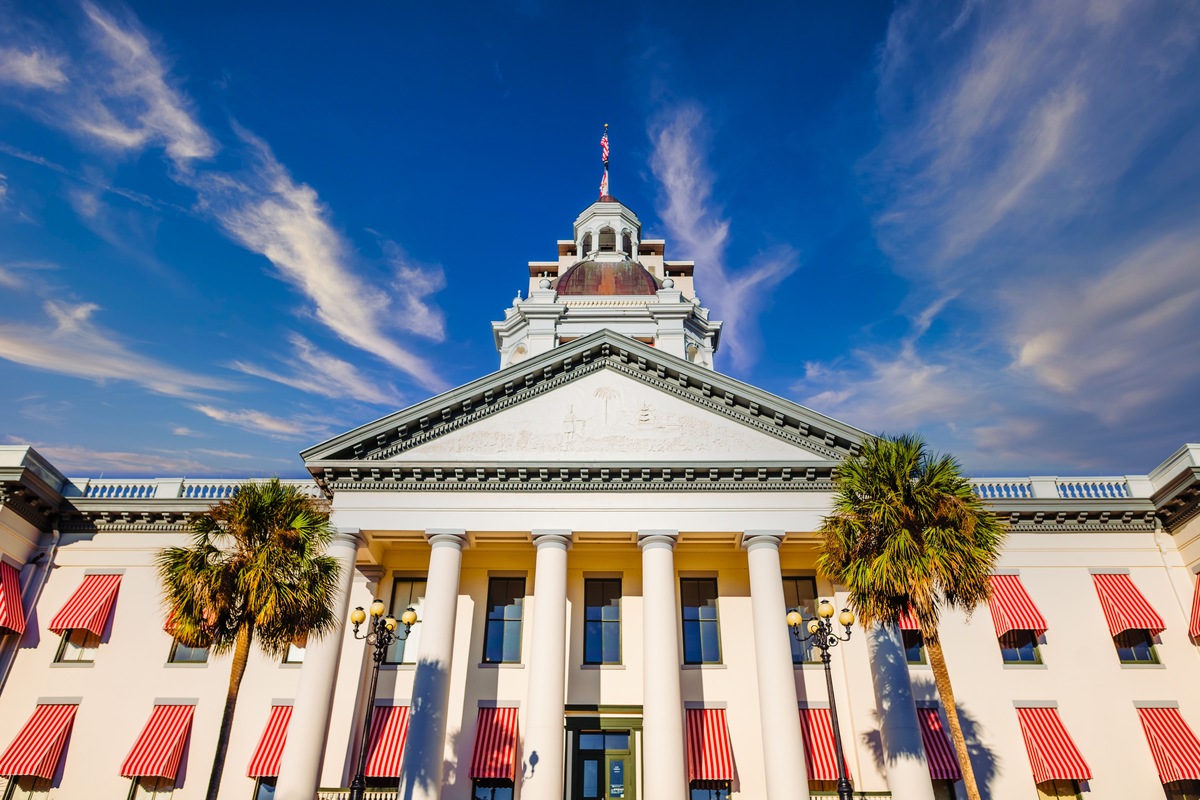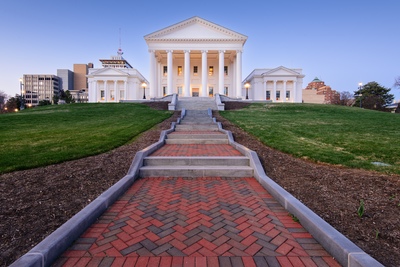
State Government Affairs, Elections & Campaigns
How Lieutenant Governors Are Selected (And Why It Matters)
December 10, 2025 | Bill Kramer
August 14, 2025 | Sandy Dornsife

Key Takeaways:
Although midterm elections are still more than a year away, politicians on both sides of the aisle have already begun to make major preparations. Currently, Republicans maintain the majority in both the U.S. House and Senate, and Democrats would need to flip four seats in the House and five in the Senate in order to gain the majority. These are not insurmountable odds, especially keeping in mind that Republicans lost 40 House seats in the midterm elections in 2018, during President Trump’s first term.
Each party is exploring every option to improve its chances — none so closely as the redrawing of district voting maps. Just this past month, in response to calls from President Trump to shore up Republicans’ congressional majority, Texas Governor Abbott (R) announced that a special legislative session would include redistricting plans. While these changes are sure to draw legal challenges alleging unconstitutional gerrymandering, a recent ruling by the Florida Supreme Court may provide an early indication of how courts will approach these claims.
The history of gerrymandering in the United States is a long and controversial one. Prior to institutional protections, gerrymandering was used by many states to disenfranchise minority populations by diluting their vote through creatively drawn voting districts. While the U.S. Supreme Court has consistently ruled that gerrymandering with the intent to discriminate on the basis of race is unconstitutional, recent Court decisions have established that where efforts to racially gerrymander may fail, partisan gerrymandering may succeed.
In Rucho v. Common Cause, the Court held that “partisan gerrymandering claims present political questions beyond the reach of the federal courts,” and in Alexander v. South Carolina Conference of the NAACP, the Court held that legislatures must be assumed to have acted in good faith when drawing maps. Alexander also imposed a high bar for determining whether a claimed partisan gerrymander is, in fact, racial and, therefore, impermissible. Despite these rulings, ambiguity regarding the process for distinguishing racial gerrymandering from partisan gerrymandering still exists.
This year, the U.S. Supreme Court postponed a decision in Louisiana v. Callais until its 2026 term, a case that would have addressed some of that ambiguity. In Louisiana, the courts invalidated the state’s voting district maps on the basis of racial discrimination. However, once those maps were redrawn, plaintiffs argued that the new maps, themselves, were unconstitutional racial gerrymanders as they were motivated primarily by racial concerns. They argued that the new maps were drawn specifically to empower the vote of Black residents and, therefore, were discriminatory and unconstitutional. This allegation of “reverse discrimination” seems to create a legal Catch 22 for states seeking to eliminate racially motivated mapping of districts. States are left asking themselves how to reconcile the prohibition against racial gerrymandering with the strategies necessary to prevent disenfranchisement of minority populations.
While the states wait on the U.S. Supreme Court to make an ultimate determination, they can look towards Florida for possible guidance. On July 17, the Florida Supreme Court issued its opinion in Black Voters Matter Capacity Building Institute Inc. v. Byrd. Plaintiffs in Black Voters Matter challenged Florida’s 2022 congressional district map for violating the state constitution’s Fair Districts Amendment, which prohibits districts from being drawn in a way that dilutes the voting power of minorities. They argued that the elimination of a majority black district in the new maps deprived black voters of the right to “elect representatives of their choice.” The court, however, held that the plaintiff’s aim to reinstitute a Black majority district, itself, was just the sort of racially motivated gerrymander that the U.S. Constitution’s Equal Protection Clause prohibits and ordered the maps to be redrawn.
The arguments in Black Voters Matter mirror those of Louisiana, and if the direction of the court in Florida bears any indication on future decisions, advocates against racial gerrymandering are going to have a much more difficult legal hill to climb. With this knowledge in mind, several states controlled by Democrats are looking into the prospect of redrawing their own district maps to increase Democratic numbers in the House and Senate. California Governor Gavin Newsom (D) has already started exploring such options, and governors in New York, New Jersey, and Illinois have also expressed an interest. Meanwhile, in Texas, Democratic members of the legislature have responded to Governor Abbott’s efforts to redistrict by fleeing the state in order to block a vote on the matter. Government experts criticize these methods as an attempt to subvert the democratic process; however, without clear judicial guidance, the strategy of fighting fire with fire may dominate the lead-up to the 2026 mid-term elections.
Federal and state legal activity can have significant policy and regulatory implications for businesses and organizations. If your organization would like to further track federal and state legal activity, please contact us.

December 10, 2025 | Bill Kramer
-238a17-400px.jpg)
December 10, 2025 | Bill Kramer

November 5, 2025 | Bill Kramer